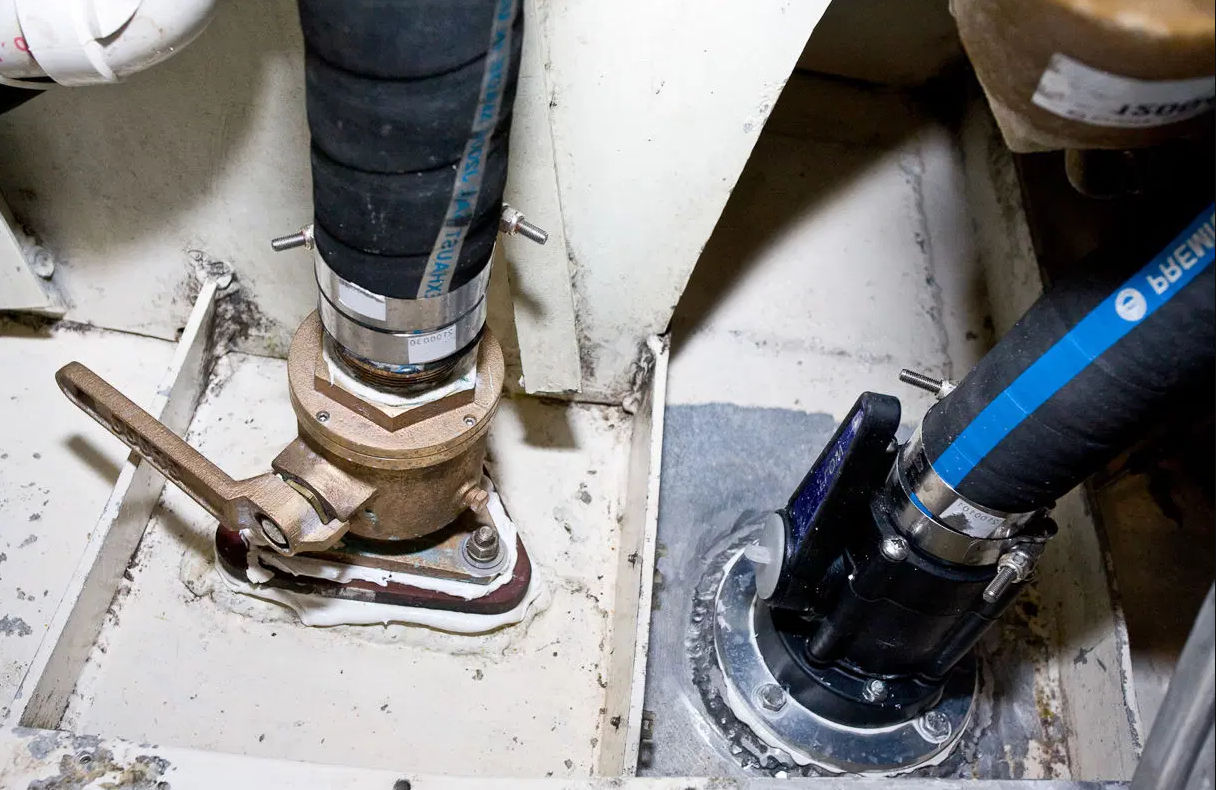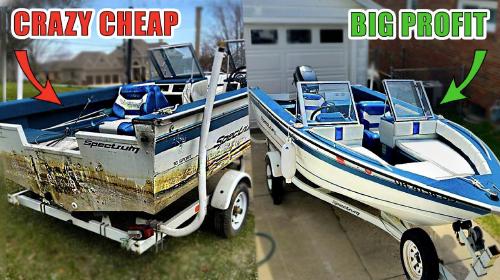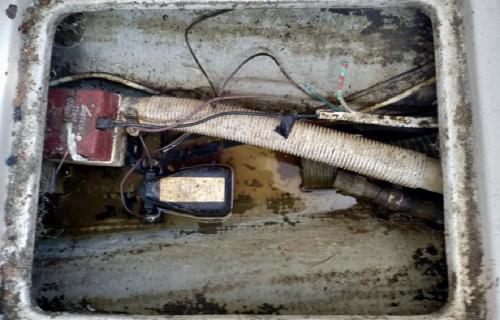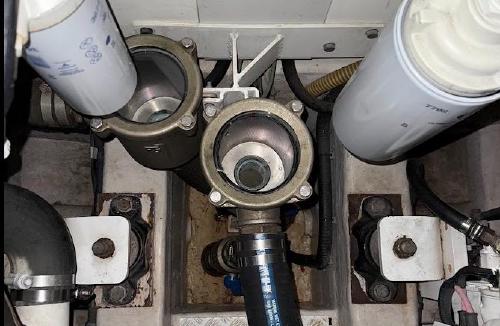When it comes to boating, one of the most critical yet often overlooked components are the seacocks. These valves are your boat’s first line of defense against water ingress, and their proper maintenance and operation can mean the difference between a relaxing day on the water or a potential disaster. This article delves into the different types of boat seacocks and highlights the importance of regular, seasonal maintenance.
Understanding Boat Seacocks
Seacocks are valves installed below the waterline to control the flow of water in and out of your boat. They come in various forms, each having its unique features and benefits. Understanding these types is crucial to making informed decisions for your seacock needs.
Ball Valves

These are the most common type of seacock. They operate by rotating a ball, which has a hole in the middle, to either block or allow water flow. Ball valves are widely regarded for their reliability and ease of use.
Gate Valves

Gate valves use a gate to stop or allow water flow. While these are less common on boats, they are often found on larger vessels due to their ability to handle high pressures.
Cone Seacocks

Cone seacocks are considered the most robust type, featuring a solid cone that fits into a matching seat. These require regular maintenance but offer unparalleled durability and longevity.
The Importance of Regular Seacock Maintenance
Just like any other part of your boat, seacocks require regular maintenance to remain in good working order. This maintenance becomes even more critical if your boat spends the entire year in the water or is “on the hard.”
Preventing Seacock Failure
Regular maintenance helps prevent seacock failure, a potentially catastrophic event that could lead to your boat sinking. Servicing your seacocks before each boating season ensures they operate correctly and reliably.
Extending Seacock Lifespan
Proper care and maintenance can significantly extend the lifespan of your seacocks. This can save you unnecessary replacement costs and potential downtime.
Ensuring Safety
Regularly serviced seacocks are less likely to seize or fail, ensuring the safety of your vessel and everyone on board.
Seacock Seasonal Maintenance Tips
Whether your boat is in the water all year round or only seasonally, it’s crucial to establish a consistent maintenance routine for your seacocks.
Pre-Season Check
Before putting your boat in the water, give all your seacocks a thorough inspection. Look for any signs of corrosion, leaks, or damage. Test their operation by turning them on and off several times.
Regular Lubrication
Servicing and lubricating a boat seacock is essential for ensuring reliable operation and preventing corrosion or seizure. Begin by closing the seacock and making sure the boat is out of the water or the valve is above the waterline to avoid flooding. Next, disconnect any attached hoses and remove the hose barb fitting if necessary. Open and close the valve handle several times to check for stiffness. Then, disassemble the valve by removing the handle and bonnet (for cone-type seacocks, the cone will lift out). Clean all internal parts thoroughly using a wire brush or abrasive pad to remove marine growth, old grease, or corrosion. Inspect the valve body and cone or ball for pitting or damage. Apply a generous coat of marine-grade waterproof grease (such as PTFE or silicone-based) to the moving parts – especially around the ball or cone and the sealing surfaces. Reassemble the valve, ensuring all seals and washers are properly seated, and operate the handle to confirm smooth movement. Reattach the hose fittings, and test for leaks once the boat is back in the water. Regular servicing (at least annually) can significantly extend the life of your seacocks and reduce the risk of failure.
Conclusion: Seacock Maintenance is Key to Safe Boating
In conclusion, seacocks play a vital role in your boat’s safety and functionality. Understanding the various types of seacocks and implementing a rigorous maintenance routine will ensure these critical components continue to serve you reliably, whether you’re a seasonal boater or keep your vessel in the water year-round. Remember, a well-maintained boat is a safe boat. Happy boating!




Use the share button below if you liked it.